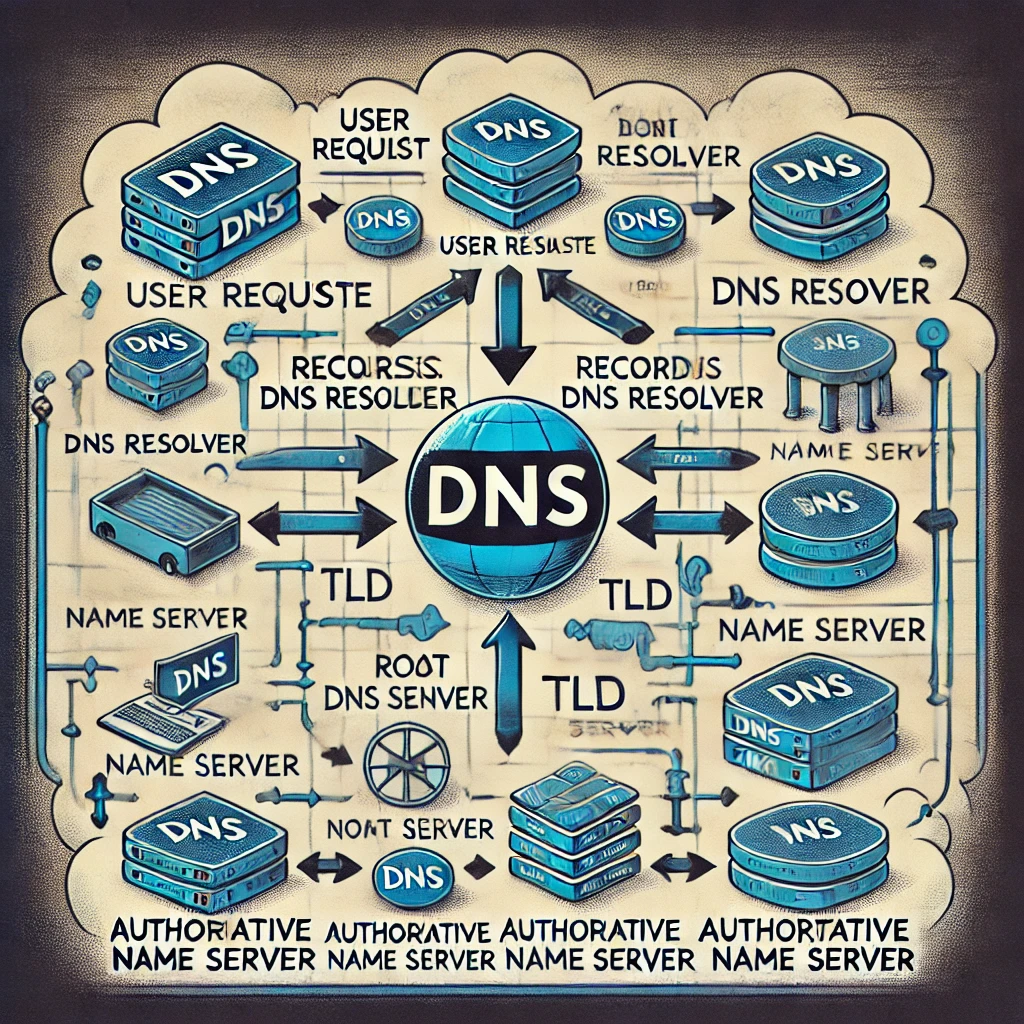Open Shortest Path First (OSPF) is a dynamic routing protocol widely used in enterprise and service provider networks. Unlike distance-vector protocols like RIP, OSPF is a link-state protocol that ensures fast convergence, scalability, and efficient network utilization.
🔍 What is OSPF?
OSPF is an Interior Gateway Protocol (IGP) designed for routing within a single autonomous system (AS). It uses the Dijkstra Shortest Path First (SPF) algorithm to determine the best path for forwarding packets.
🏗️ How OSPF Works
- Neighbor Discovery: OSPF routers establish adjacencies by exchanging Hello packets.
- LSA Exchange: Routers share Link-State Advertisements (LSAs) containing information about their links.
- SPF Algorithm: Each router builds a topology database and calculates the shortest path to all destinations.
- Routing Table Update: The best routes are installed in the routing table, ensuring efficient packet forwarding.
🔥 Key Features of OSPF
- Hierarchical Design with Areas: OSPF supports multiple areas, reducing routing overhead and improving scalability.
- Fast Convergence: Link changes trigger immediate updates, minimizing downtime.
- Equal-Cost Multi-Path (ECMP): OSPF supports multiple best paths, improving load balancing.
- Authentication Support: Prevents unauthorized route updates with MD5 or SHA authentication.
📌 OSPF Network Types
- Point-to-Point: Direct connection between two routers.
- Broadcast (e.g., Ethernet): Uses a Designated Router (DR) and Backup DR (BDR) to manage LSA flooding.
- Non-Broadcast (NBMA): Simulates broadcast networks, requiring manual neighbor configuration.
🚨 OSPF Challenges & Best Practices
- Scalability Issues: Large networks should use OSPF Areas (e.g., Backbone Area 0) to reduce overhead.
- LSA Overload: Excessive LSAs can slow convergence—filter unnecessary advertisements.
- Complexity vs. Ease of Use: While powerful, OSPF requires careful design and tuning.
⚡ Why Choose OSPF?
OSPF is ideal for enterprise networks and service providers needing fast, scalable, and reliable routing. It outperforms RIP in larger networks and provides more granular control than EIGRP (Cisco-proprietary).
Want to explore OSPF further? Check out RFC 2328 (OSPFv2) for IPv4 and RFC 5340 (OSPFv3) for IPv6! 🚀





*Understanding OSPF: A Deep Dive into the Link-State Routing Protocol* is an invaluable resource for networking professionals and enthusiasts looking to master OSPF. By providing an in-depth exploration of its concepts, architecture, and real-world applications, this book equips readers with the knowledge needed to design, configure, and troubleshoot OSPF-based networks effectively. Whether you’re preparing for certifications or seeking to enhance your expertise, this comprehensive guide serves as a must-have reference for understanding one of the most essential routing protocols in modern networking.
*Understanding OSPF: A Deep Dive into the Link-State Routing Protocol* provides a comprehensive and detailed exploration of the OSPF routing protocol, making it an invaluable resource for networking professionals and students. By breaking down complex concepts into clear explanations, this book enhances the reader’s understanding of link-state routing, OSPF architecture, and its real-world applications. Whether you’re preparing for a certification exam or looking to strengthen your networking expertise, this guide serves as a practical and insightful reference for mastering OSPF.
*Understanding OSPF: A Deep Dive into the Link-State Routing Protocol* provides a comprehensive exploration of OSPF, equipping readers with the knowledge needed to configure, optimize, and troubleshoot this essential routing protocol. Through detailed explanations and real-world examples, the book demystifies OSPF’s inner workings, making it an invaluable resource for networking professionals and students alike. Whether you’re new to OSPF or looking to refine your expertise, this guide serves as an essential reference for mastering link-state routing.
*Understanding OSPF: A Deep Dive into the Link-State Routing Protocol* is a comprehensive resource for networking professionals looking to master OSPF. Covering fundamental concepts, advanced configurations, and real-world applications, this book provides a clear and in-depth understanding of the protocol. Whether you’re a beginner or an experienced engineer, this guide enhances your knowledge and helps you efficiently design, troubleshoot, and optimize OSPF-based networks.